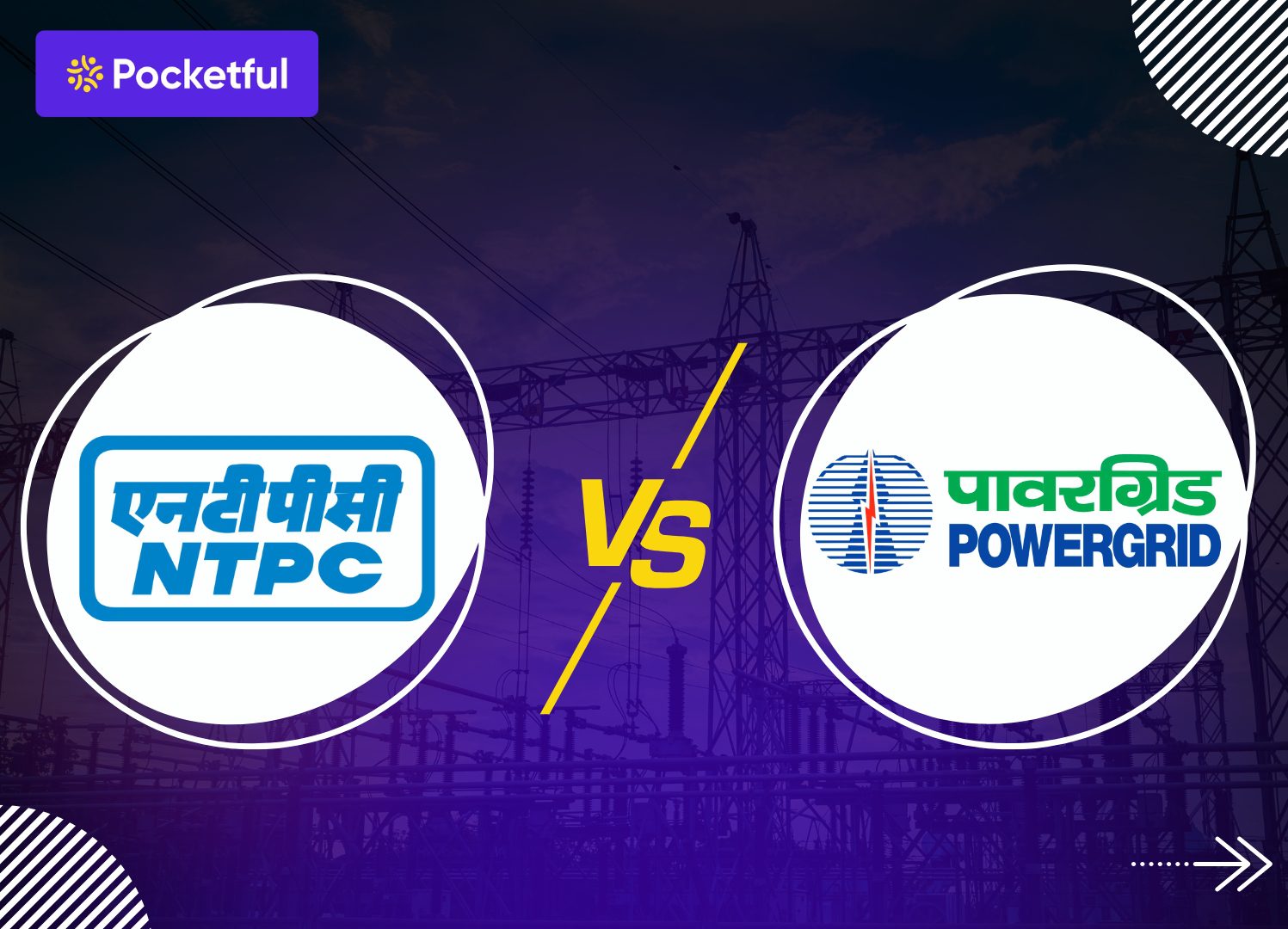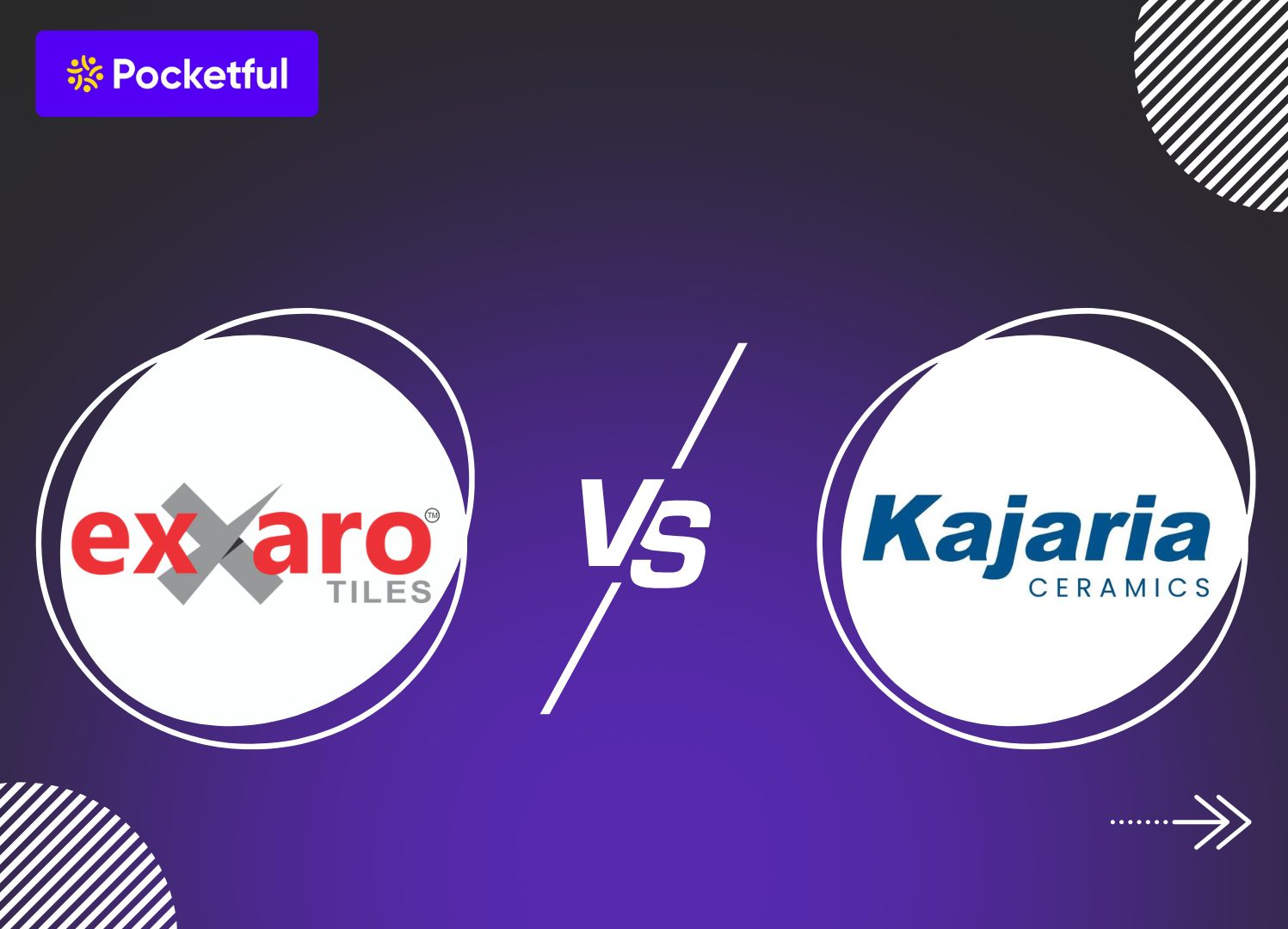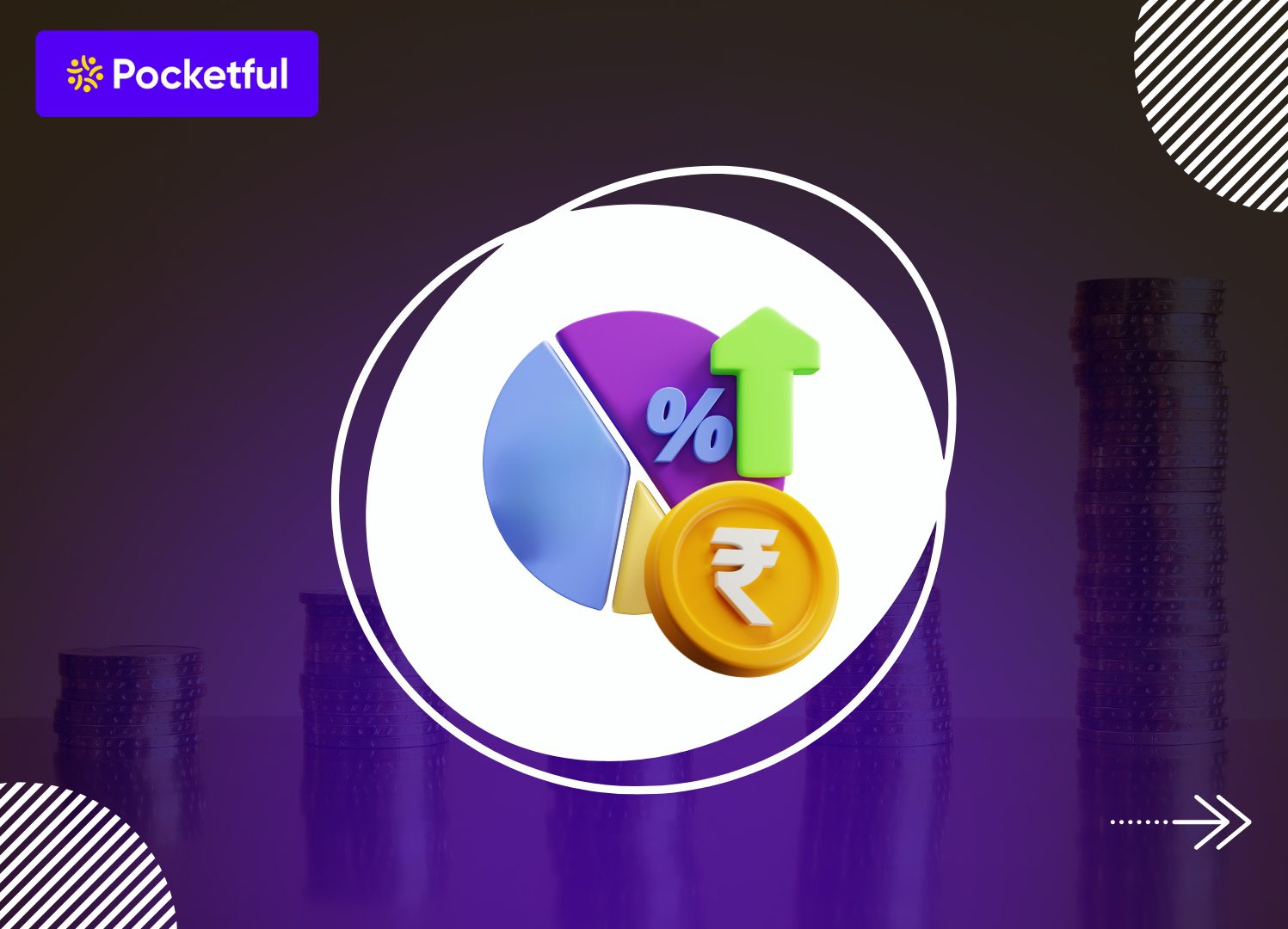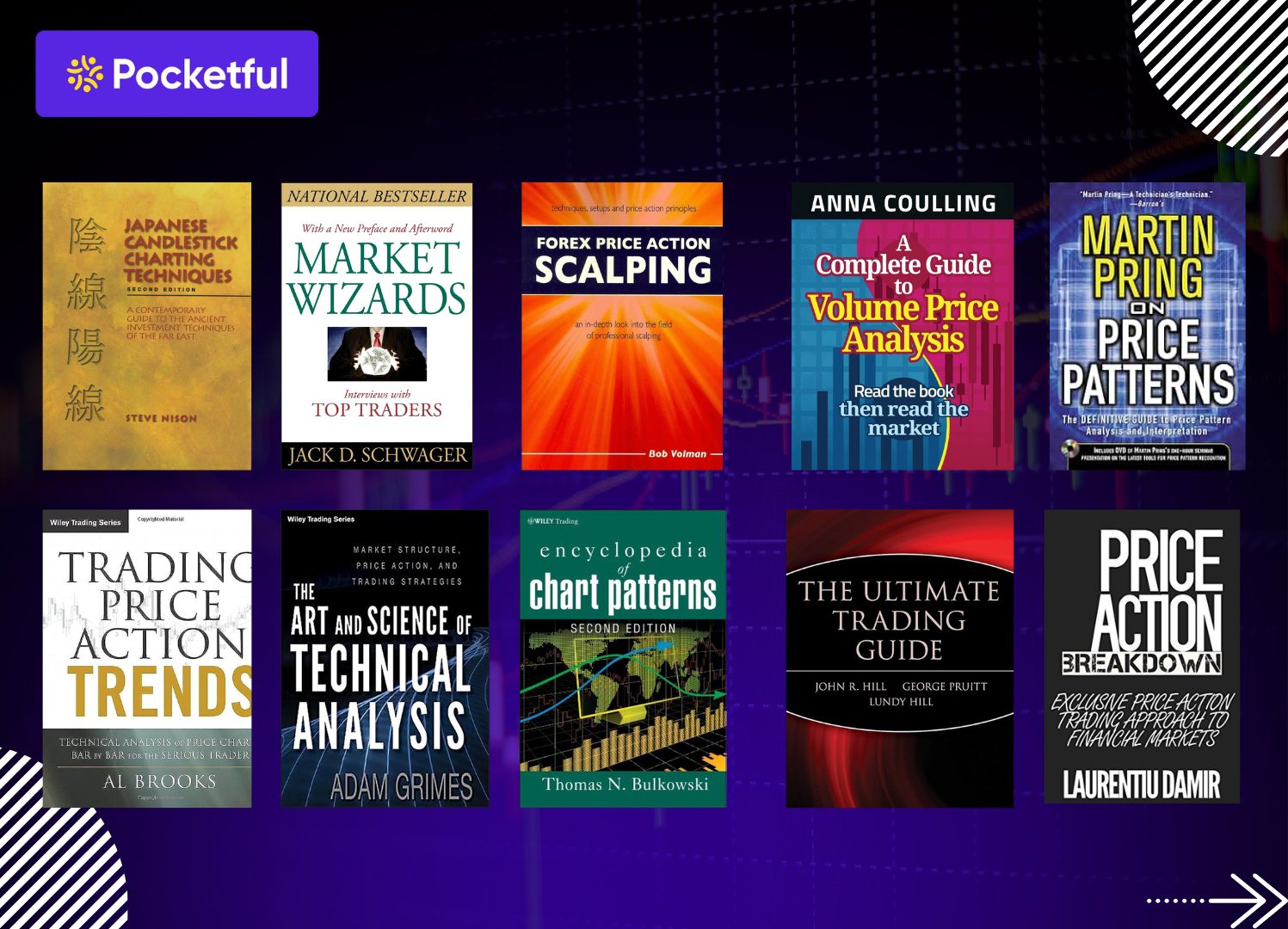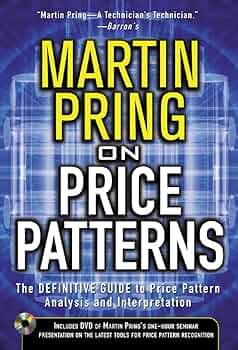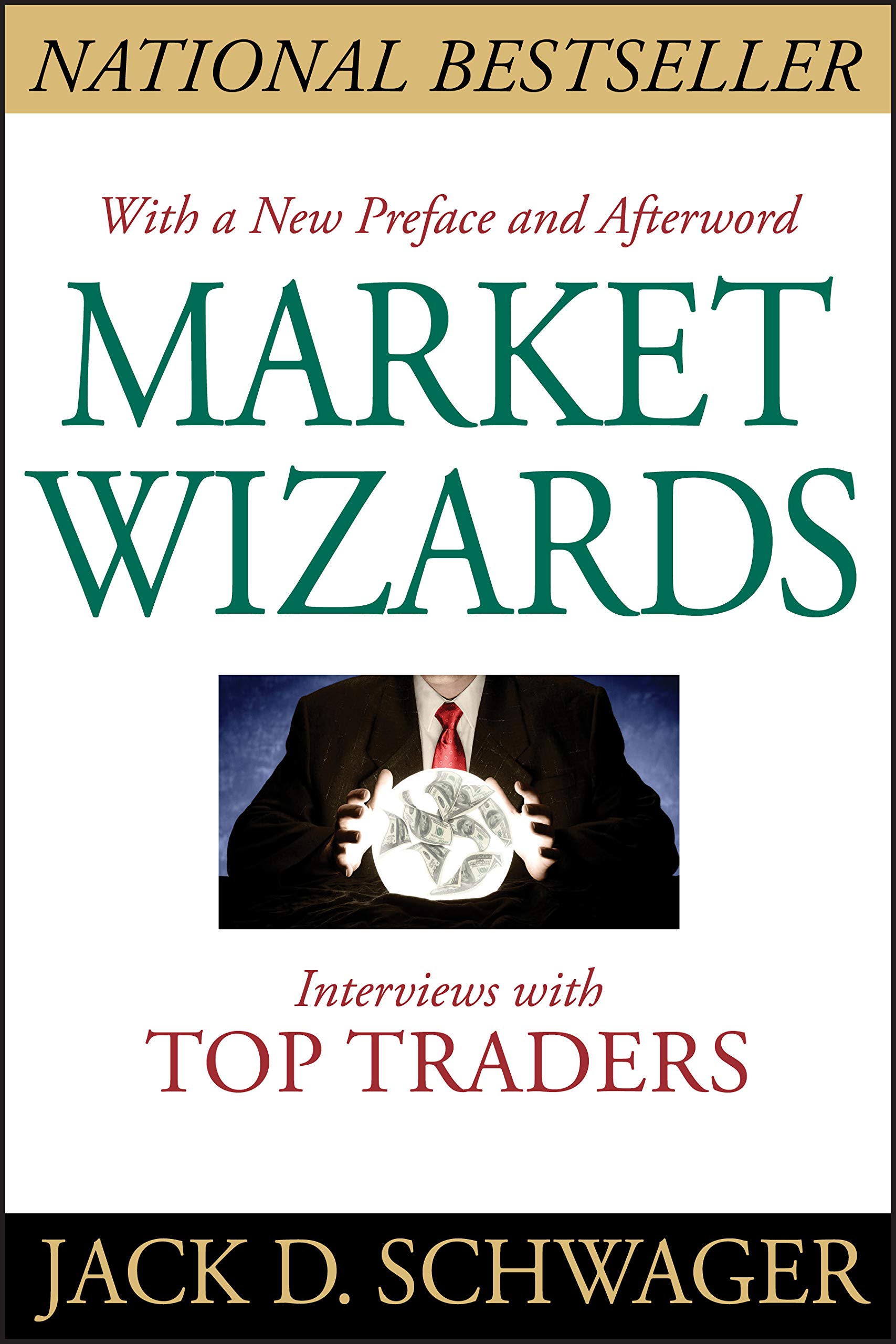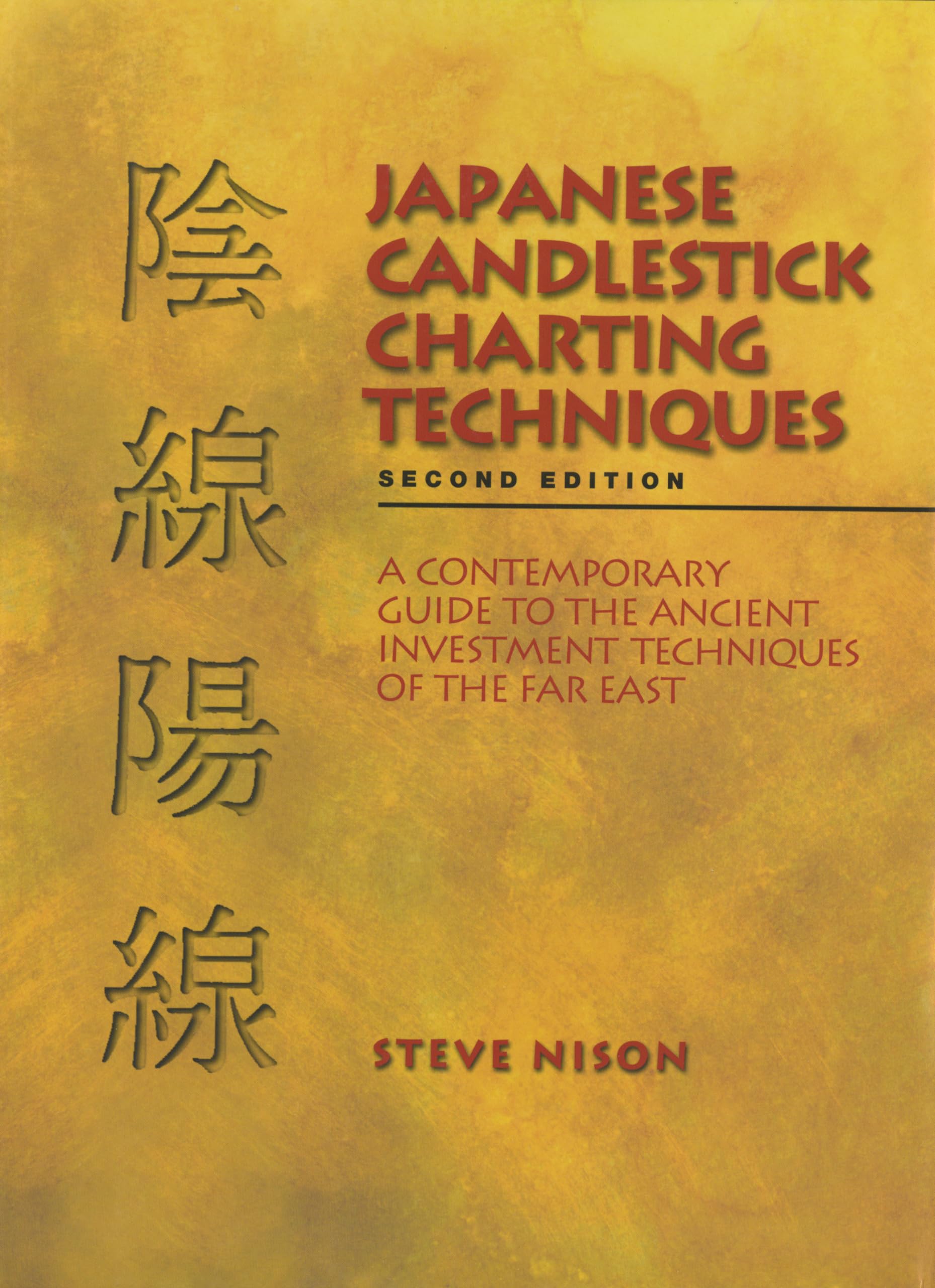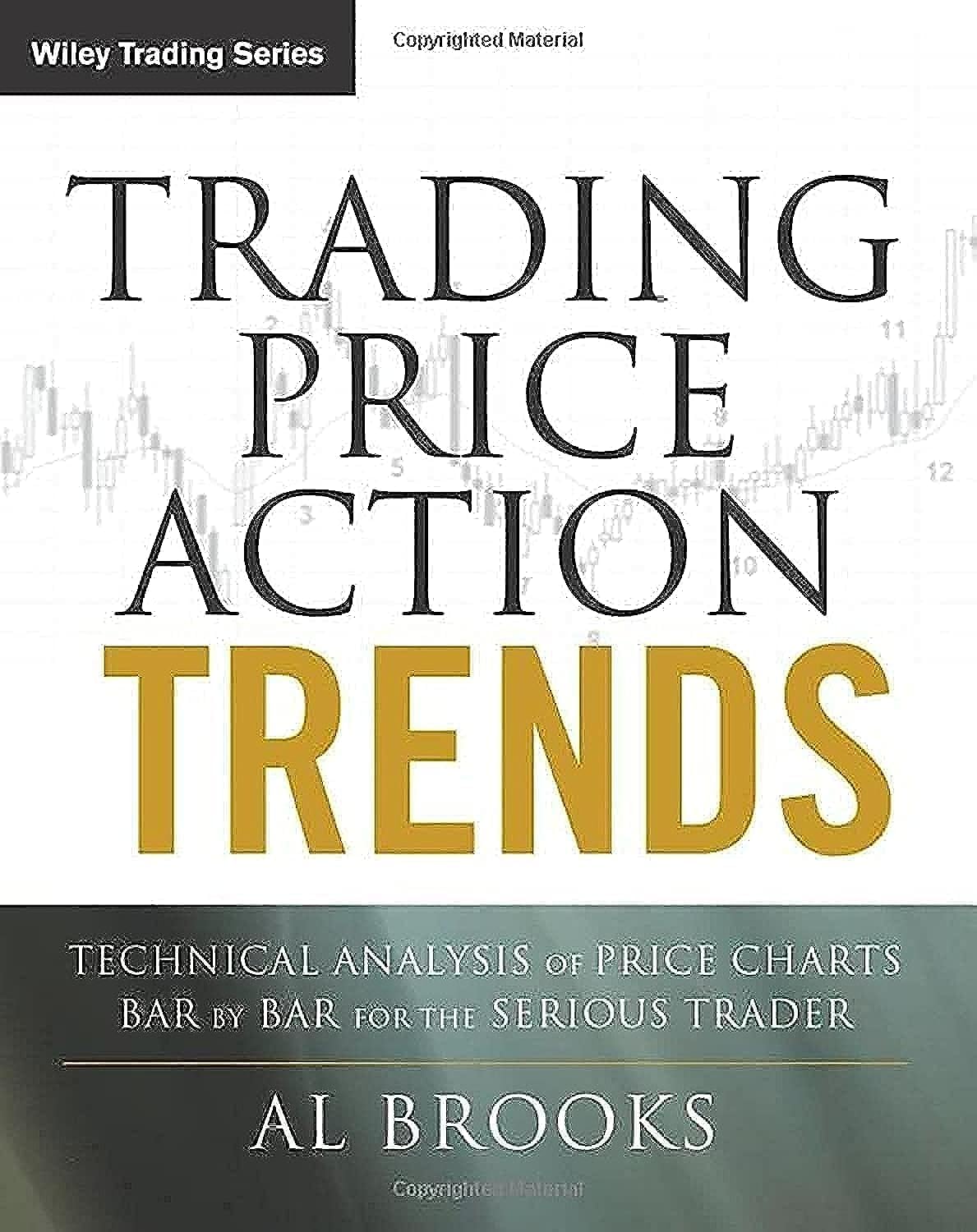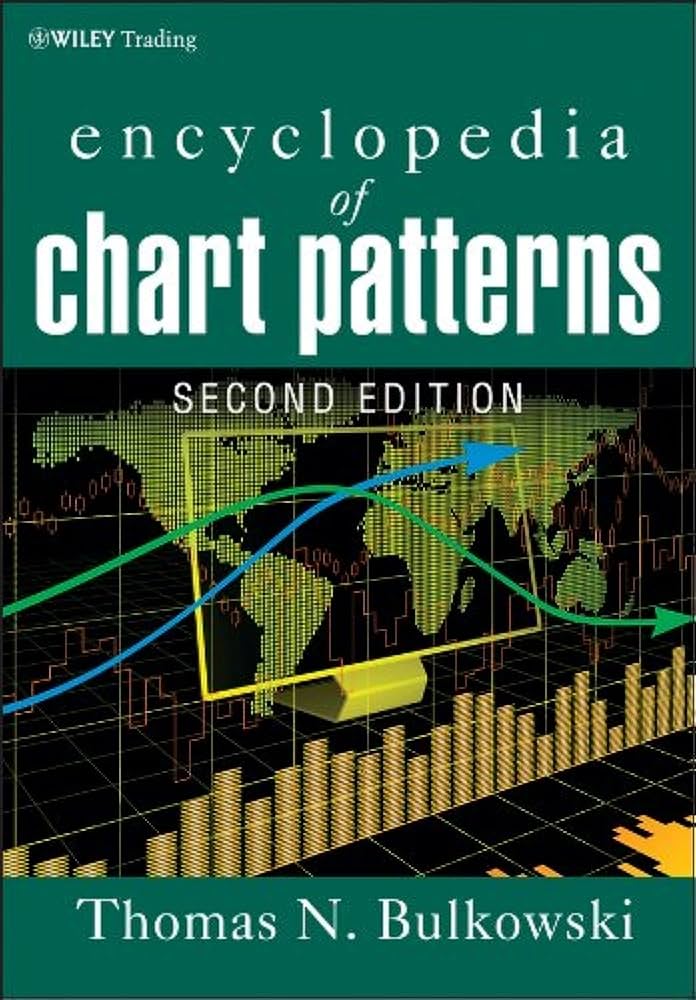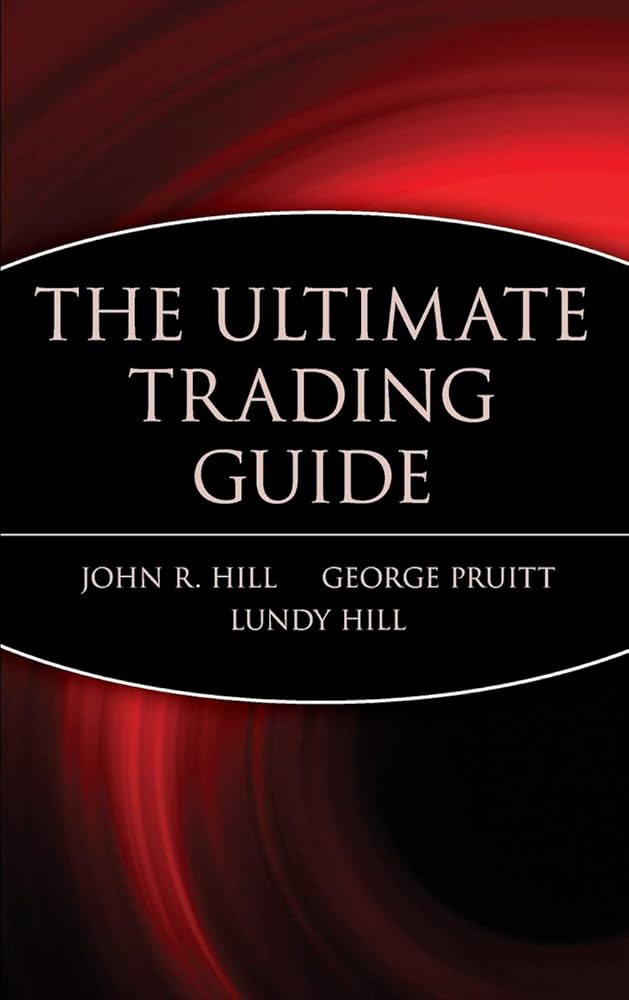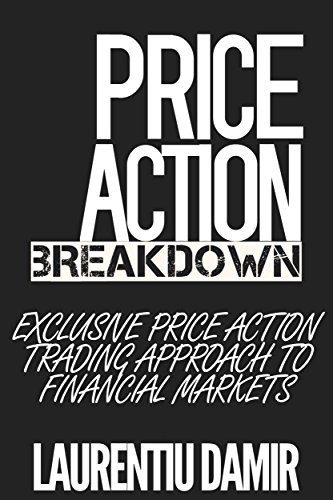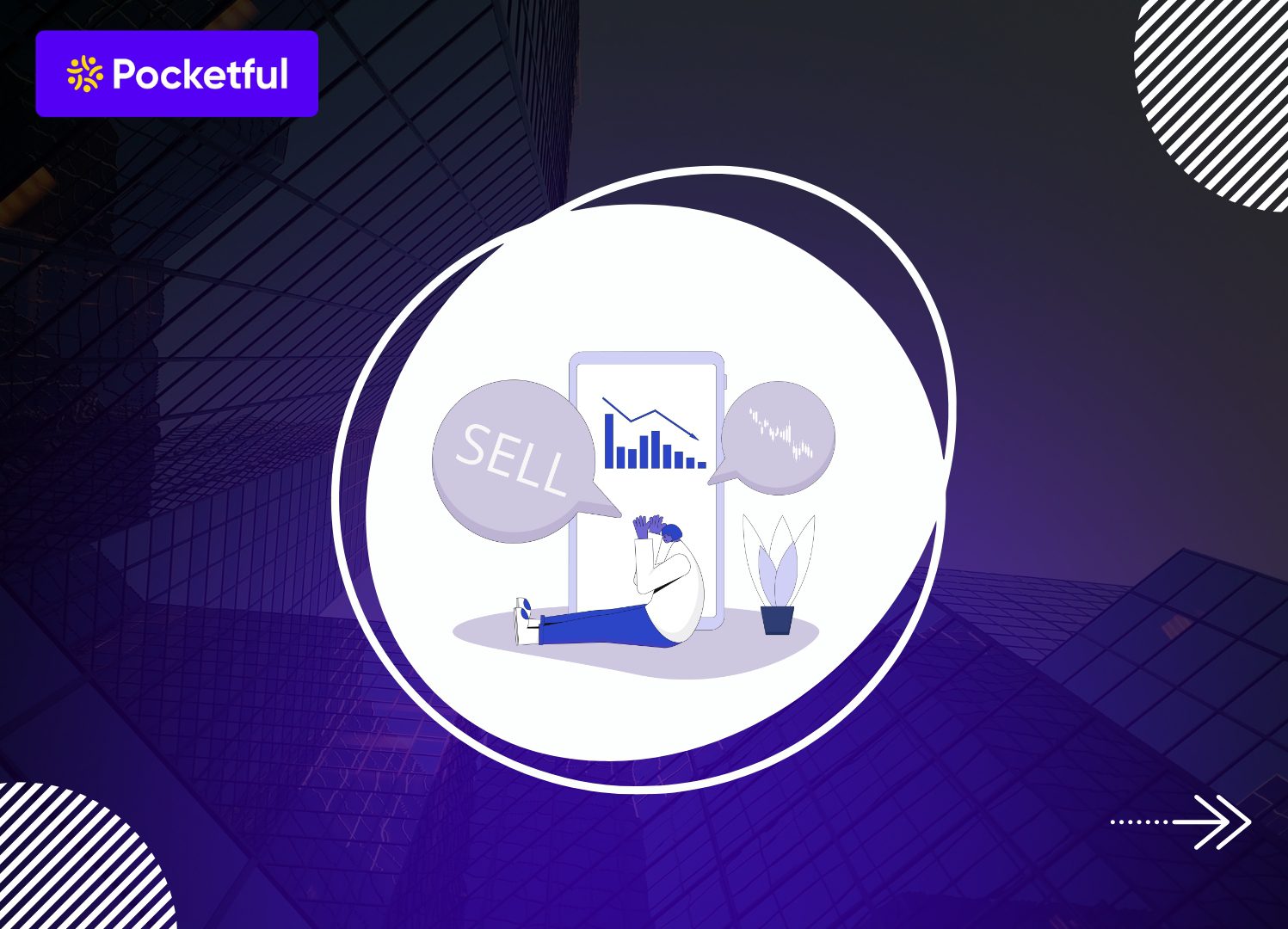NTPC and Power Grid are major contributors to India’s energy needs. NTPC is the leader in electricity generation, while Power Grid manages the transmission network across the country. In this case study, we will compare NTPC vs Power Grid based on business model, financial performance and future plans. If you want to understand these two companies better or are comparing them for investment purposes, then this blog will be useful for you.
Company Overview: NTPC
NTPC (National Thermal Power Corporation) is a major public sector company under the Government of India, which is considered to be the largest power generating company in the country. It was started in 1975 and today its headquarter is located in New Delhi. Over the years, NTPC has not limited itself to just generating electricity from coal, but now it has also become active in areas like hydro, solar, wind and nuclear.
What does the company do?
NTPC mainly generates electricity through thermal power plants and supplies it to state governments and discoms. At present, its total installed generation capacity is around 80 GW. NTPC has many large power stations across the country – such as Singrauli (UP), Korba (Chhattisgarh), Ramagundam (Telangana) and Vindhyachal (MP). Apart from this, the company is also expanding aggressively in renewable energy.
- Recent Major Events : NTPC generated around 438.6 billion units of electricity in 2024-25, which is about 4% more than last year. During this period, the company has also added 3,972 MW of new capacity. NTPC is now moving into areas like green hydrogen, pump storage and nuclear energy, so that it can prepare for the long-term energy needs of the country.
- Role and Importance : NTPC is an important part of the country’s baseload power supply – that is, the electricity that is needed 24×7. Its high plant load factor (PLF) makes it one of the most reliable in the industry. NTPC is considered a stable and sustainable company in India’s energy sector, with good stable income with low risk due to power purchase agreements (PPAs) and government support.
Business Model – NTPC Limited
- From thermal to renewable : NTPC’s business model is no longer dependent only on coal. It has also become active in hydro, solar, wind and nuclear power. This is a big step towards energy transition, which makes the company look ready for the future.
- Long-term PPAs : NTPC’s biggest strength is its long-term power purchase agreements (PPAs). These agreements give it assured revenue and stability of income, which is a sign of confidence for investors.
- Beyond production – own coal mining : NTPC is now mining coal on its own along with power generation. This gives it self-sufficiency in fuel supply and keeps costs under control.
- Government support and strategic expansion : Being under the central government, NTPC benefits from strategic plans, grid support and funding. This company is not only moving towards commercial success, but is also contributing to India’s net zero goal.
Company Overview : Power Grid Corporation of India
Power Grid is an important public sector company of the Government of India, which handles the electricity transmission network of the country. It was established in 1989 and is headquartered in Gurugram, Haryana. Today Power Grid manages more than 85% of the country’s inter-state transmission, which delivers electricity generated in one corner of the country to another.
What does the company do?
Power Grid primarily builds, operates and maintains high voltage transmission networks. It ensures that electricity from power producers across the country is transmitted to states and distribution companies in a safe and stable manner. Today it has more than 1.80 lakh kilometers of transmission lines and more than 5.5 lakh MVA of transformation capacity.
- Recent major events : The company also commissioned several new lines this year and increased investments in projects such as Green Energy Corridor, North East Grid, and Digital Transmission Network. Apart from this, the company also monetized some transmission assets through its existing PGInvIT scheme.
- Role and Importance : Power Grid is the backbone of the country’s 24×7 power supply system. Without it, power generating companies cannot deliver their product to customers. The company’s regulated tariff model and stable cash flow make it a reliable option for investors. It is a company that works on low risk and stable returns.
Business Model – Power Grid Corporation
- Transmission Focused Operation : Power Grid’s entire business is based on power transmission. It operates ultra high voltage transmission lines across the country and maintains the balance of power between states.
- Regulated Return Model : Its business model is based on tariffs fixed by CERC, which gives the company a fixed return, regardless of whether the demand is low or high. This keeps the company’s earnings stable.
- Infrastructure Monetization : Power Grid has monetized some of its assets through PGInvIT, which gives it capital to invest in new projects and keeps the balance sheet light.
- New initiatives and digital grid : The company is now moving beyond traditional transmission and entering areas like electric vehicle charging, fiber network, and digital substation. This is preparing it for the future transmission model.
Comparative Analysis : NTPC Vs Power Grid
| Particulars | NTPC | Power Grid |
|---|---|---|
| Current Price (₹) | 333 | 292 |
| Market Cap (₹ Crores) | 3,23,093 | 2,71,671 |
| 52-W High (₹) | 448 | 366 |
| 52-W Low (₹) | 293 | 247 |
| FII Holdings as of March 2025 | 17.79% | 26.78% |
| DII Holdings (as of March 2025) | 27.33% | 18.35% |
| Book Value (₹) | 190 | 99.6 |
| PE Ratio | 13.8 | 17.5 |
Financial Statements Analysis
Income Statement Comparison
| Particulars | NTPC | Power Grid |
|---|---|---|
| Total Income | 190,862 | 47,459 |
| Total Expenses | 147,709 | 19,354 |
| EBIT | 43,152 | 28,104 |
| Net Profit | 21,739 | 15,631 |
Balance Sheet Comparison
| Particulars | NTPC | Power Grid |
|---|---|---|
| Current Liabilities | 104,502 | 40,245 |
| Current Assets | 111,782 | 39,376 |
| Reserves & Surplus | 174,374 | 83,362 |
Cash Flow Statement Comparison
| Particulars | NTPC | Power Grid |
|---|---|---|
| Cash Flow from Operating Activities | 50,435 | 36,223 |
| Cash Flow from Investing Activities | -45,799 | -23,533 |
| Cash Flow from Financing Activities | -4,073 | -12,357 |
Key Performance Ratios (KPIs)
| Particulars | NTPC | Power Grid |
|---|---|---|
| Operating Profit Margin (%) | 20.96 | 60.77 |
| Net Profit Margin (%) | 11.55 | 34.13 |
| ROE (%) | 12.72 | 16.75 |
| ROCE (%) | 9.40 | 12.32 |
| Debt to Equity (x) | 1.34 | 1.41 |
Future Plans of NTPC Limited
- Towards sustainability through Brighter Plan 2032 : NTPC has set a target of decarbonisation, water conservation and net-zero townships by 2032. The company wants to make its townships Scope-2 net zero by FY25-26.
- Fast pace in renewable energy : NTPC aims to add 60 GW of green energy (solar, wind, hydro) capacity. In FY25, the company added 3 GW solar and 2 GW thermal capacity.
- Big planning in nuclear energy : NTPC is now also venturing into nuclear power and plans to add 30 GW capacity in the coming years, including sites like Mahi Banswara.
- Capex and innovation : The company will invest ₹87,600 crore between FY25-27, including renewable projects and 1,000 MW of pumped storage.
Future Plans of Power Grid Corporation of India
- Emphasis on green energy transmission : Power Grid has put a big focus on the green energy corridor. With the support of the government, the company is laying new transmission lines for renewable energy across the country.
- Capex and network expansion : The company is investing more than ₹10,000 crore in FY25, especially for expanding the transmission network and substation modernization.
- International expansion : Power Grid is working on interconnection projects outside India to Nepal, Bhutan, and Bangladesh to increase trans-national power trading in the future.
Who is better: NTPC vs Power Grid?
- Business area and focus : NTPC is primarily focused on power generation, which includes sources like thermal, hydro, solar and nuclear, while Power Grid’s focus is completely on transmission and grid management. Both companies are the backbone of the power sector, but their role is different.
- Revenue and profitability : NTPC’s revenue comes mainly from power generation and the company’s scale is large. Power Grid’s revenue is stable and less risky as its business model is based on long-term transmission projects. Both have good EBITDA margins, but there is a difference in structure.
- Growth and capex plans : NTPC is expanding extensively in segments like renewable and nuclear, while Power Grid is investing in future transmission networks and digital operations. Both have long-term and stable growth strategies.
- Direction of Green Energy : NTPC aims to achieve more than 60 GW of green energy capacity by 2032. Power Grid, on the other hand, is developing the transmission infrastructure of green energy so that the reach of renewable power can increase across the country.
- Risk and Stability : NTPC’s model is slightly more capital intensive and regulatory risky due to being linked to generation. Whereas Power Grid’s transmission business remains relatively stable and predictable.
Both companies have their own expertise and niche. No company can be said to be better as it depends on the investor’s objective and risk profile.
Read Also: Mahindra & Mahindra vs Tata Motors: Which is Better?
Conclusion
NTPC and Power Grid both companies are playing a very important role in India’s energy system. One generates electricity, the other supplies it across the country. Their presence will not only strengthen India’s energy infrastructure, but will also help meet future needs. Both have different strategies, expansion plans and performance, but it is not easy to call one better. It is clear from this comparison that both these companies will continue to be a strong base in India’s growth story.
| S.NO. | Check Out These Interesting Posts You Might Enjoy! |
|---|---|
| 1 | Tata Power Vs Adani Power |
| 2 | Tata Motors vs Maruti Suzuki |
| 3 | Tata Steel vs. JSW Steel |
| 4 | TCS vs Wipro |
| 5 | IndiGo vs SpiceJet |
Frequently Asked Questions (FAQs)
What is the core difference between NTPC and Power Grid?
NTPC generates electricity (generation) while Power Grid transmits electricity across the country.
Which company is older – NTPC or Power Grid?
NTPC is older; it was established in 1975, while Power Grid was formed in 1989.
Are both NTPC and Power Grid government-owned companies?
Yes, both are government companies and come under the central government.
Which company has more revenue – NTPC or Power Grid?
As per the data of 2025, NTPC has more revenue income.
Are NTPC and Power Grid good for long-term investment?
Both these companies run on stable and strong business models, so they are considered suitable for long-term investment.
